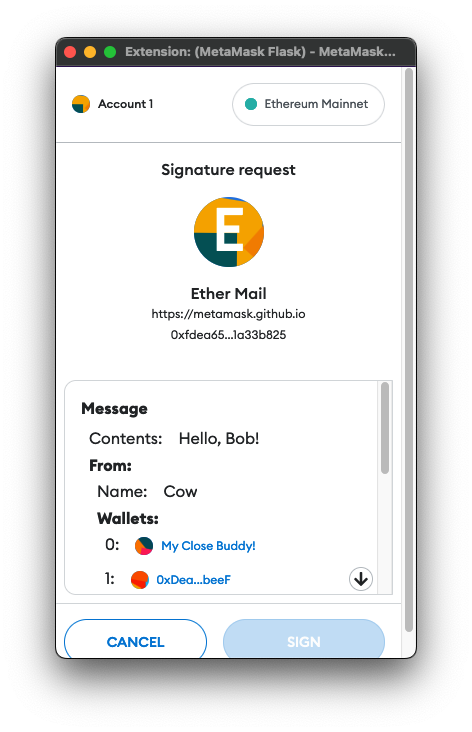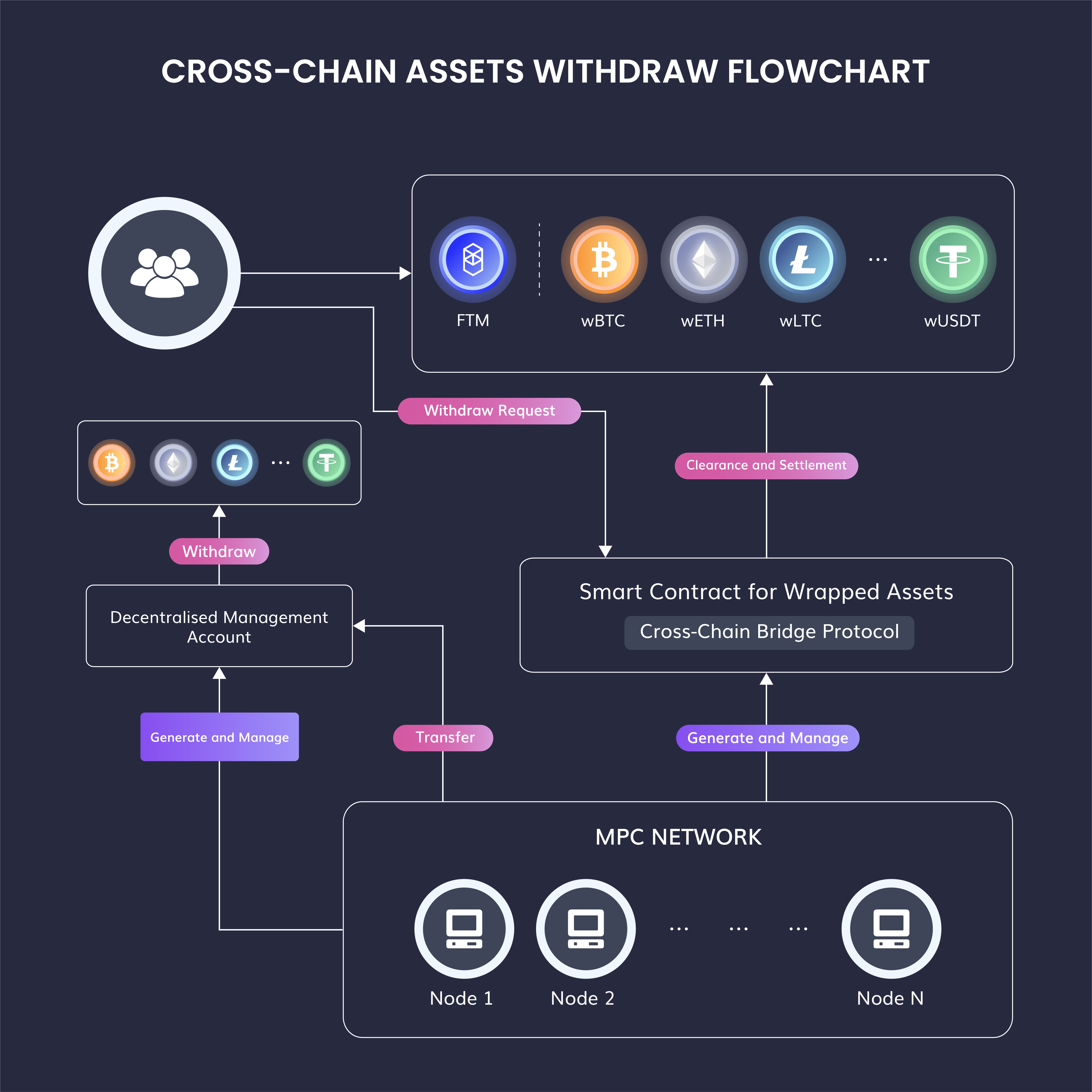The breakout product from this year’s CES was a small AI clip called Rabbit. The concept here is that you have a single-purpose piece of hardware that serves as an agent for you, capturing pictures and interacting with web services on your behalf.

You can call an Uber, order food, research a flight, etc., all through this device, quickly interacting with standard websites and applications. This new agent model got me thinking about the evolution of UX, first on mobile. It stands to reason that with a sufficiently powerful Siri or Alexa, you don’t need all the apps on your phone that primarily serve to accept input (order a car for me, fill my shopping cart, etc.). The “rabbits” in the r1 follow through with agency on your behalf and perform actions to complete tasks like booking travel or answering questions about our surroundings.
Thanks for reading Factor Capital! Subscribe for free to receive new posts and support my work.
I suspect that with the next iteration of Siri, we will gain similar powers through our AirPods connected to our iPhones and, later, Vision Pro. Alexa is also getting a major upgrade soon to leverage these LLMs.
But the more exciting unlock for me is the potential for AI to serve as the missing UI for web3.
Out of the Browser
Today, one of the primary hurdles in web3 is the inaccessibility of decentralized applications that rely on browser extensions and private keys to sign transactions whenever you perform an action. While initial steps have been taken to abstract the login experience to one that is more familiar to mainstream users through email sign-on, etc., this feels like a near-term hack that doesn’t really improve upon UX and just substitutes one awkward paradigm that people are unfamiliar with one they have been conditioned towards over the past 20 years.

AI Agents are the next evolution of how Large Language Models (LLMs) like ChatGPT will capture mainstream attention. OpenAI is developing a set of these capabilities internally, lead developers at Google DeepMind recently left the company to found a company in this space, and companies like Adept, Sierra (founded by former Salesforce Co-CEO and Facebook Product Head, Bret Taylor), and other have raised hundreds of millions of dollars to pursue this opportunity. Evidence of the potential was on display just this week when Klarna said they are leveraging AI agents to do the work of 700 people in areas like customer support.
These enterprise use cases are just the beginning.
The UI Opportunity
I imagine a paradigm where you soon have an AI agent with access to the complete set of web3 applications - most of which are open source and readily understandable for anyone to build upon through composability. Now, you link an agent with a wallet with value stored in it, and you can prompt your agent with intents.
For example, a simple one might be “buy 100 SOL.” The agent can look at your current balance of assets, explore the available services you’ve permissioned between centralized exchanges and decentralized apps, then work out the best way to transfer your assets or bridge them, perform the trade, and return with an executed activity all based on a single prompt. The UX improvement here is substantial - a single action is taken by the user, multiple actions are taken by the agent, and a task is effectively accomplished without the user needing to learn the mechanics of web3 any more than they need to understand the mechanics of the internet or their mobile device.

The manual process of asset bridging today
Taken further, the migration of our personal identity, credentials, and other data onto secure, privacy-preserved blockchain custody unlocks another level of capabilities entirely. This transition represents a significant change in how we manage and interact with our digital selves. With identities and credentials on-chain, AI agents can securely and efficiently manage our digital interactions, from verifying identity for online services to automating administrative tasks like signing documents or accessing secure areas.
This on-chain identity system ensures a higher level of security and privacy, as blockchain technology inherently provides tamper-proof and transparent record-keeping. Furthermore, it enables a more seamless and personalized user experience across various platforms and services. Users gain control over their data, deciding what to share and with whom, thereby enhancing privacy and data sovereignty. This on-chain migration of personal data paves the way for a more interconnected and efficient digital world, where AI acts not just as an interface but as a custodian of our digital identities, making our interactions more secure, efficient, and tailored to our individual needs and preferences.
Extended Benefits Beneath the Surface
Our new AI agent powered UX can significantly improve security by reducing human error in managing private keys and executing transactions. They can be programmed with security checks and encryption protocols to ensure every transaction is secure, thus decreasing the potential for fraud or theft. AI agents also enhance the discovery of products and services by searching various decentralized applications and platforms for the best options based on user preferences. This makes the discovery of utility far simpler. Furthermore, AI agents can optimize existing applications by simulating their performance on new blockchain networks and rollups. For instance, an AI agent could test a dApp on various Layer 2 solutions to determine the ideal balance of speed, cost, and security.
The Native Currencies of AI
Lastly, this dynamic unlocks a whole new utility opportunity for tokens as native currencies of different applications. If you think about it, it is a situation that already exists - except these tokens come as rewards points, compute credits, Starbucks balances, and airline miles. But, as humans, our capacity to evaluate and transact across hundreds of currencies is limited, often defaulting to how they measure against standard benchmarks like the dollar. However, unfettered by these constraints, AI can adeptly manage multidimensional relative value assessments across a diverse array of tokens. This capability allows for a seamless interface with a multitude of native tokens, each representing unique assets or services, without burdening the user with complex "foreign exchange" calculations. The AI can automatically transact using these native tokens, providing access to a broader range of products and services while abstracting the intricate valuation and exchange processes from the human end beneficiary.
Conclusion
This situation comes with risks, and the implicit agency that this thesis prescribes may amplify the fears many express over AI’s taking over and leading to the end of the world. The more aware we are of these risks, the better prepared we will be for managing them, though.
That said, as these agents work on our behalf in web3, I believe the other knock-on effect will be the realization that as these agents become more prevalent across the Web2 landscape, developers will recognize that it is far easier to integrate payments and value capture for these tools through digital assets versus traditional payment models. As this unfolds, expect AI and Web3 to increasingly converge and compound one another's values.
I am already seeing components of this take shape in some of the products people are building today. At Factor, this intersection is a core focus of our investment thesis, where we believe blockchain applications are increasingly creating novel solutions to mainstream applications.
